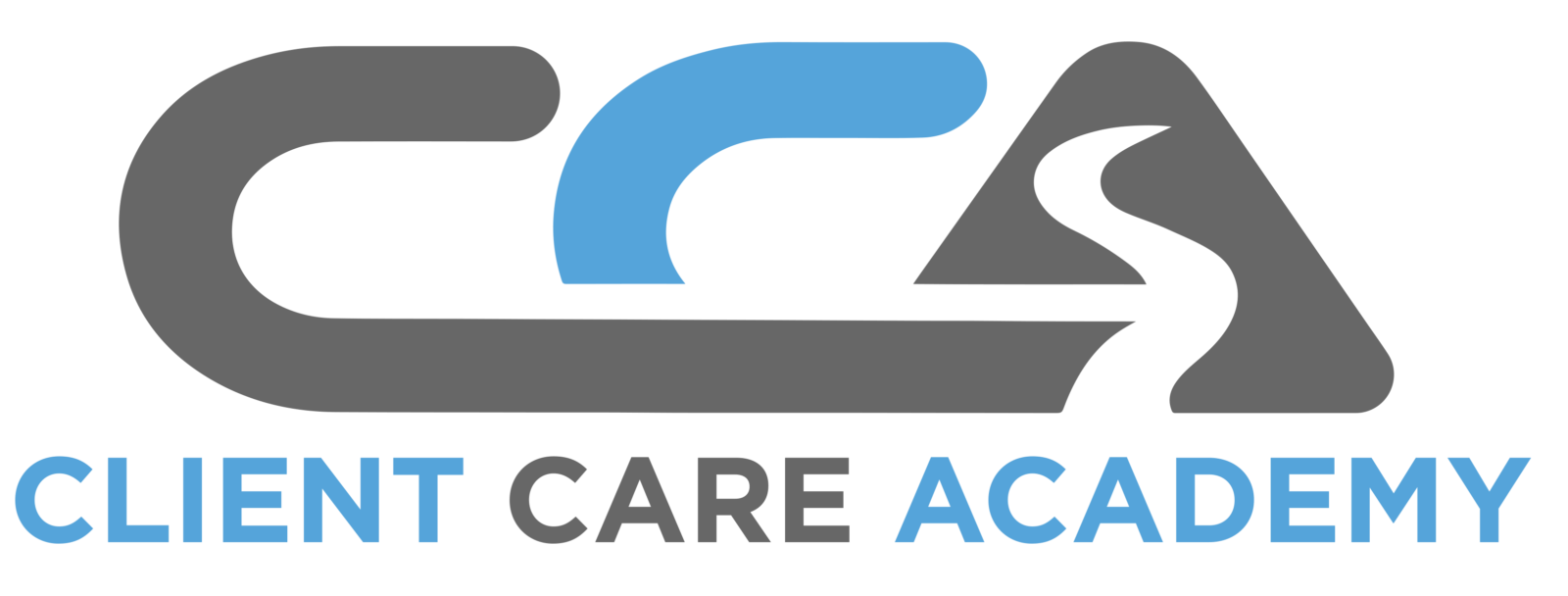One of the crucial questions attorneys ask when considering a client maintenance program is “What services should be included?” Many firms have delayed, suspended or terminated implementing an updating program because they are unsure of the services they should provide. There is no roadmap or “industry standard” regarding how to keep estate plans up-to-date and very few firms in the country have actually gone beyond the periodic “CYA” letter (i.e. “call your attorney”) to implement a “systems” driven updating program. One of the most important services a firm can provide in any updating program is to actually update or track the assets that will be passed on death. Most discussions surrounding maintenance programs focus on “updating documents” and asset tracking is given little, if any, attention. This article will discuss “asset tracking” as the critical service to be provided in any estate planning updating program.
In previous articles, I suggested that, from the client’s perspective, the clients hire estate planning attorneys to take care of their family at the time of death. One of the primary ways to “take care of a family” is to ensure that assets transfer consistent with the client’s wishes at the time of death. This means that at the time of death the attorney and family must know:
- What assets are actually attributed to or owned by the decedent and/or spouse;
- How the assets are actually owned or titled;
- What the value of the assets are;
- Who will have legal authority over those assets;
- Who is entitled to or will own the assets at the time of death; and
- How much it will cost in taxes, legal fees and administration costs to pay those assets.
If the answers to these questions are known at the time of death, and if the assets are aligned with the underlying instructions in the estate planning documents, the delays and misunderstandings are minimized, court intervention is avoided, and legal costs and tax liability will be limited.
Accordingly, any firm that takes on asset tracking as part of their updating program must first make “initial funding or tracking of assets” part of their firm’s process. The initial organization of asset information, funding of assets, and stored verification of asset ownership is an essential part of any updating program. Our experience over the last decade shows us that if the initial funding process is incomplete and the funding documentation is not stored and organized appropriately, a client’s estate plan will not work as desired.
A firm must also track the assets once the initial funding is completed. Any updating program must include periodic review and updating of asset values, determination of changes in asset ownership, funding of new assets, and review of the client’s overall financial situation. Spreadsheets or customized database systems may be used as tools to communicate existing asset information and can be designed to track assets in the future.
When a firm tracks assets, estate plan reviews become extremely focused. Specifically, if Congress does not act and the applicable exclusion amount becomes $1 Million beginning in 2011, all estates having values in excess of $1 Million must be reviewed and additional estate planning techniques must be suggested. Most plans were designed based upon the assumption that the applicable exclusion amount will be $3.5M and for a married couple the basic credit shelter/marital deduction planning would protect up to $7M for a married couple. With the potential reduction in the applicable exclusion amount, these “base plans” will now result in millions of dollars of potential estate taxes.
If the firm has tracked the assets, then the firm can identify additional services needed to reduce and eliminate estate taxes. An updating program with strong asset tracking systems can catch these opportunities for additional services.
Although most discussions about updating services center around “estate planning document” updating, the critical piece in any updating program is asset tracking. Initial funding systems designed to capture, organize and store information are required for any accurate asset tracking system to work. If the goal is to make sure the client’s family is taken care of, understanding the assets owned at death is the key element needed to minimize court intervention, reduce tax liability, limit attorney’s fees, and most importantly, provide a family with peace of mind after a loved one dies.
About the Author: Vincent E. Bonazzoli is the principal and sole owner of the Family Estate Planning Law Group, located in Lynnfield, Massachusetts. The firm provides more than 325 families with Advanced and General Estate Planning, Retirement and Business Planning, Wealth Strategies & Planning, Trust and Estate Administration, Probate Administration and Medicaid Planning. In 2001, the firm launched a mandatory updating program for clients, providing them with continuous estate planning counsel. Attorney Bonazzoli has founded the Client Maintenance Academy™, a program committed to training estate planning law firms in creating and successfully implementing profitable client maintenance/membership programs. Attorney Bonazzoli has identified the “Seven Sources of Revenue” that are generated from the client maintenance program, and over the last ten years has averaged over 93% renewal rate and over 97% in 2008 in the midst of one of the worst recessions since the Great Depression. He is also a Practice Advisor for Atticus, Inc., coaching attorneys in building sustainable, profitable law firms and supporting attorneys in achieving balance in their professional and personal lives. For any questions regarding this article, please email [email protected].




